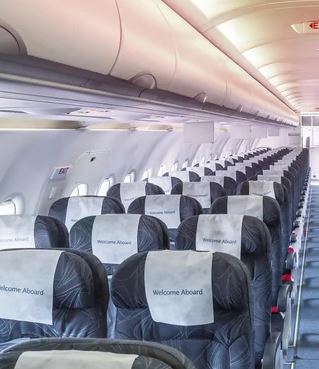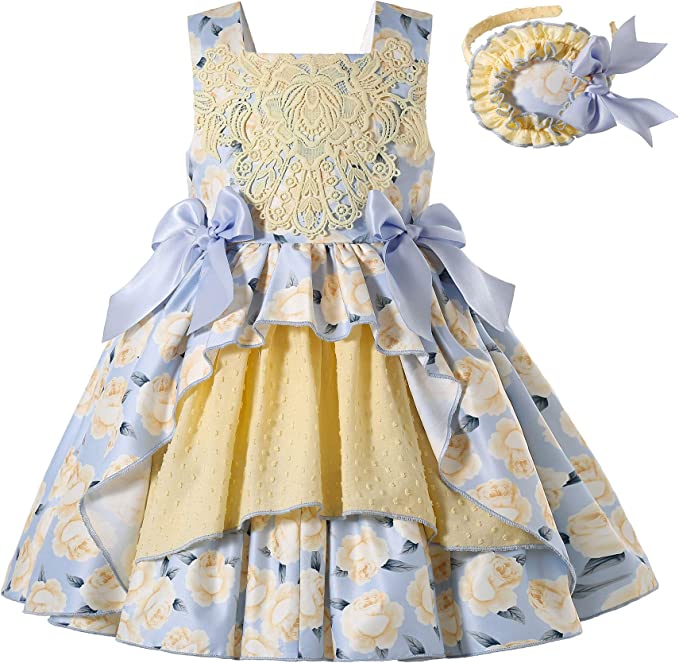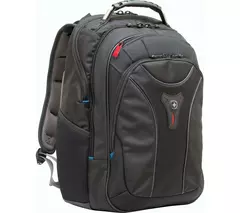
Introduction
Flying can be a stressful experience for many people, but finding the best seat on the plane can make a significant difference in your comfort level during the flight. In this book, we will discuss various factors that should be considered when choosing a seat on a plane and how to find the best seat based on your preferences and needs.
Chapter 2: Understanding Seat Layout
Before we dive into the process of finding the best seat, it’s essential to understand the layout of a typical airplane. Most airplanes have three main sections: First Class, Business Class, and Economy Class. Each of these sections has different types of seats and layouts.
First and Business Class usually have more comfortable seats with more legroom, while Economy Class seats can be more cramped. Within each class, there are different seating configurations such as window, aisle, and middle seats. Understanding the seat layout is crucial to choosing the best seat.
Before we dive into the process of finding the best seat, it’s important to understand the layout of a typical airplane. Most airplanes have three main sections: First Class, Business Class, and Economy Class. Each of these sections has different types of seats and layouts.
First Class
First Class is the most luxurious section on the plane, offering the most comfortable seats, ample legroom, and personalized service. The seats are often wider and have more recline options, allowing passengers to sleep comfortably during long-haul flights. First Class seats may also come with additional amenities, such as a personal entertainment system, noise-cancelling headphones, and premium food and beverage options.
First Class seats are typically located at the front of the plane and are separated from the rest of the cabin by a curtain or divider. Some airlines may offer a separate cabin with fully enclosed suites for added privacy.
Business Class
Business Class is the next best option after First Class, offering many of the same amenities but at a lower cost. Business Class seats are also wider and have more legroom than Economy Class seats, but they are not as spacious as First Class.
Business Class seats may have additional features such as a lie-flat bed, a personal entertainment system, and a USB port to charge electronic devices. Passengers in Business Class also receive priority boarding and access to airport lounges.
Economy Class
Economy Class is the most common section on the plane and offers the least amount of space and amenities. The seats are narrower and have less legroom than First and Business Class seats, making long flights uncomfortable for many passengers.
Economy Class seats are divided into rows, typically with three seats per row. The aisle seat is located next to the aisle, while the window seat is located next to the window. The middle seat is located between the aisle and window seats and is often the least popular choice due to its lack of space and privacy.
Some airlines may offer different types of Economy Class seats, such as Premium Economy or Economy Plus, which offer more legroom and wider seats than standard Economy Class.
Seat Configuration
Within each class, there are different seating configurations. Some planes may have a 2-4-2 configuration in Economy Class, while others may have a 3-3-3 configuration. In Business Class, some planes may have a 2-2-2 configuration, while others may have a 1-2-1 configuration, offering direct aisle access to each passenger.
Understanding the seat configuration is important when choosing a seat on the plane. If you are traveling with a companion, you may want to choose seats in the same row. If you prefer more privacy, choose a seat in a separate row or section of the plane.
In conclusion, understanding the layout and configuration of seats on a plane is crucial when choosing the best seat. First Class offers the most luxurious experience, while Business Class provides many of the same amenities at a lower cost. Economy Class is the most common section but offers the least amount of space and amenities. Knowing the seat configuration and choosing a seat based on your preferences and needs will ensure a comfortable and enjoyable flight.
Chapter 3: Factors to Consider When Choosing a Seat
Several factors should be considered when choosing a seat on a plane. These factors include:
Seat Location – Do you prefer a window or aisle seat? Do you want to be near the front or back of the plane?
Legroom – If you are tall, you may need extra legroom. Consider bulkhead or exit row seats.
Seat Width – If you are a larger person, you may need a wider seat.
Noise Level – Do you prefer a quiet section of the plane or don’t mind some noise?
In-flight Entertainment – Do you plan on using the in-flight entertainment system? Choose a seat with a good view of the screen.
Access to Lavatory – If you need to use the lavatory frequently, choose a seat near one.
When it comes to finding the best seat on a plane, there are several factors to consider. The following are some important factors to keep in mind:
Seat Location
The location of your seat on the plane can greatly impact your comfort and convenience during the flight. For example, seats at the front of the plane tend to have less turbulence, while seats at the back of the plane tend to have more engine noise. Window seats offer a view of the outside, but may have less legroom than aisle seats. Aisle seats provide easy access to the restroom and allow for more movement during the flight, but may be bumped by passing passengers or service carts.
Legroom
For taller passengers, legroom can be a crucial factor when choosing a seat. Some airlines offer seats with extra legroom, such as exit row seats, bulkhead seats, or seats in the front row of the cabin. These seats may come at an additional cost or may be reserved for elite frequent fliers, so be sure to check the airline’s policies.
Seat Width
The width of the seat is also important, particularly for larger passengers or those who prefer more personal space. First and Business Class seats tend to be wider than Economy Class seats, but some airlines offer wider Economy Class seats in their premium cabins.
In-Flight Entertainment
Many airlines now offer in-flight entertainment systems, such as individual seat-back screens with movies, TV shows, and music. When choosing a seat, consider the location of the screen and the quality of the entertainment system. Some airlines also offer Wi-Fi on board, which can be a useful amenity for staying connected during the flight.
Food and Beverage Service
If you plan to eat or drink during the flight, consider the location of your seat in relation to the food and beverage service. Some airlines serve meals from the front of the cabin to the back, while others serve from the back to the front. Choosing a seat closer to the service area can ensure you receive your meal and drinks in a timely manner.
Connection and Accessibility
If you have a connecting flight or a tight schedule, choosing a seat closer to the front of the cabin can help you exit the plane quickly and make your connection. Additionally, if you have mobility issues, consider choosing a seat with easy access to the aisle or a bulkhead seat with more legroom and space for a wheelchair.
Personal Preferences
Ultimately, personal preferences will play a big role in choosing the best seat for you. Some passengers prefer window seats for the view, while others prefer aisle seats for the easy access. Some passengers prefer seats in the front of the cabin for less turbulence, while others prefer seats in the back for a quieter experience. Consider your own preferences and needs when choosing a seat.
In conclusion, there are several factors to consider when choosing the best seat on a plane. Seat location, legroom, seat width, in-flight entertainment, food and beverage service, connection and accessibility, and personal preferences are all important factors to keep in mind. By considering these factors, you can choose a seat that will provide a comfortable and enjoyable flight experience.
Chapter 4: How to Find the Best Seat
Now that you understand the factors to consider when choosing a seat, let’s discuss how to find the best seat.
Check the Seat Map – Most airlines provide a seat map during the booking process. Study the map to understand the layout and configuration of seats on the plane.
Use SeatGuru – SeatGuru is a website that provides detailed information about the seats on various planes. It includes information about seat width, legroom, location, and amenities. Use SeatGuru to find the best seats based on your preferences.
Consider the Time of Day – If you are flying during the day, you may want to choose a window seat to enjoy the view. If you are flying at night, a window seat may not be as important.
Consider the Flight Duration – If you are on a long flight, you may want to choose a seat with more legroom, such as an exit row or bulkhead seat.
Consider Your Needs – Choose a seat that best meets your needs based on the factors discussed in Chapter 3.
Now that you know the factors to consider when choosing a seat on a plane, here are some tips and tricks to help you find the best seat for your next flight:
Check Seat Maps and Reviews
Many airlines provide seat maps on their websites, which can help you choose the best seat for your needs. Seat maps show the location of each seat in the cabin, as well as any amenities or features that may be available. Additionally, reading reviews from other passengers can give you insight into the comfort and convenience of different seats on the plane.
Use Seat Selection Tools
Some airlines offer seat selection tools that allow you to view and choose available seats during the booking process. These tools may also show the cost of each seat and any additional amenities or features. Using these tools can help you find the best seat for your needs and budget.
Consider Upgrades
If you’re willing to spend a little extra money, consider upgrading to a higher class of service or purchasing an extra legroom seat. These upgrades can provide additional comfort and convenience during the flight. Many airlines also offer upgrades at the gate, so be sure to inquire about available upgrades when checking in for your flight.
Book Early
Booking your flight early can increase your chances of getting the seat you want. Many airlines allow passengers to choose their seats during the booking process, and popular seats can fill up quickly. By booking early, you can ensure that you have a better selection of available seats to choose from.
Avoid the Middle Seat
Unless you’re traveling with a companion and prefer to sit together, avoid choosing the middle seat. The middle seat offers less personal space and no access to the aisle, which can be uncomfortable during a long flight. If you do end up with a middle seat, consider asking the flight attendant if there are any other seats available.
Be Aware of Seat Fees
Some airlines charge fees for certain seats, such as exit row seats or seats with extra legroom. Be sure to check the airline’s policies before choosing your seat to avoid any unexpected fees. Additionally, some airlines may offer free seat upgrades to elite frequent fliers, so be sure to check your eligibility for any available upgrades.
Check in Early
Checking in for your flight as early as possible can increase your chances of getting the seat you want. Many airlines allow passengers to check in online or through their mobile app, and some may offer early check-in for a fee. By checking in early, you can secure your seat and avoid any last-minute surprises.
In conclusion, these tips and tricks can help you find the best seat for your needs and preferences when flying. Checking seat maps and reviews, using seat selection tools, considering upgrades, booking early, avoiding the middle seat, being aware of seat fees, and checking in early are all useful strategies for finding the perfect seat on your next flight.
Chapter 5: Conclusion
Choosing the best seat on a plane can make a significant difference in your comfort level during the flight. Understanding the layout of the plane and considering factors such as seat location, legroom, seat width, noise level, in-flight entertainment, and access to lavatory can help you find the best seat. Use resources such as SeatGuru to make an informed decision, and don’t forget to consider your personal preferences and needs. With these tips, you can find the best seat on your next flight and enjoy a comfortable and relaxing journey.
Like this:
Like Loading...










